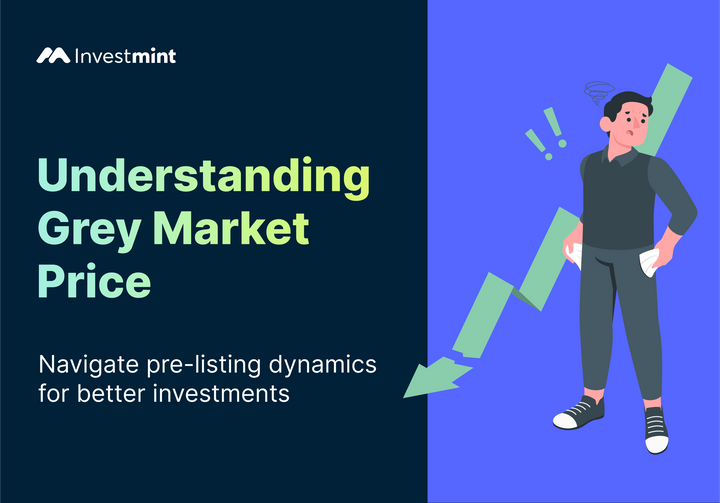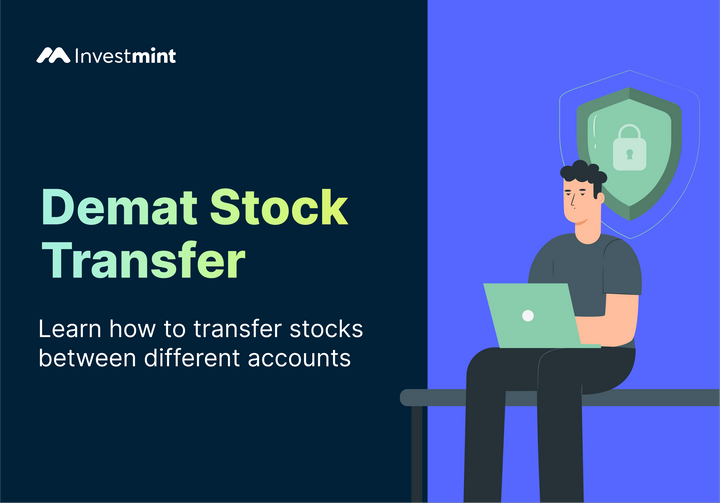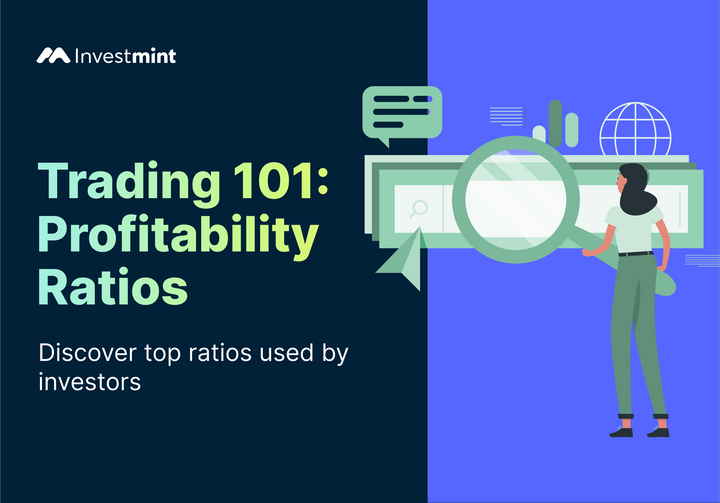Active Trading: Definition, Strategies & Examples
Active Trading: Seize short-term opportunities with strategies. Explore day trading, swing trading, tax implications and more.

Introduction
Imagine this: You notice that a particular stock has dropped significantly in price in just a few hours. However, you have a hunch that the price will rebound soon, so you decide to buy and sell the stock once it goes up. This is an example of active trading, a strategy traders use to generate profits from short-term market movements.
In this article, we will understand active trading, its differences from passive trading, and the advantages of active trading. We will then take you through a recent example of a scenario where active trading would have been beneficial.
What Is Active Trading?
First things first, active trading is a strategy that involves frequent buying and selling of securities, often daily. Active trading aims to generate profits from short-term market movements, as opposed to long-term investors who hold securities for an extended period. You will typically use a combination of technical analysis, fundamental analysis, and market intuition to identify potential trades.
One of the prominent types of active trading is intraday trading or day trading, where you invest in stocks, settle the order on the same day, and profit from the change in value. Another example of active trading is BTST trading, which stands for Buy Today Sell Tomorrow trading, where you invest in the stock and settle the order the next day.
These are just a few examples of active trading. Every trading executed after daily monitoring and analysis of stock will fall under active trading since you are actively contributing time to conduct trades.
Active Trading Vs. Passive Trading
Passive trading, on the other hand, involves a long-term approach to investing. Instead of buying and selling securities frequently, passive investors hold onto their investments for an extended period, often years or even decades. While active trading can generate higher returns than passive trading, it also involves greater risk due to volatility and requires more time and effort.
Also, in passive trading, generally, fundamental analysis plays a bigger role than technical analysis.
Advantages Of Active Trading
Some of the advantages of active trading are,
- Potential for higher returns: Active traders aim to capitalise on short-term price movements in the market, which can lead to higher returns than passive investment strategies in certain market conditions.
- Reactive investment strategy: Active traders can quickly respond to breaking news and events impacting the stock market, such as earnings reports, economic indicators, or geopolitical developments. This allows you to utilise market movements before the information becomes widely known.
- Flexibility in investment strategy: Depending on the market condition, you can choose the best strategy to profit from your investments. This can include changing their portfolio composition, adjusting risk levels, or using different trading strategies based on the current market environment.
- Tax optimisation: Active traders may have opportunities to optimise their tax situation through strategies such as tax loss harvesting, which involves selling losing positions to offset gains and reduce their tax liability.
Make The Most Of Market Movements
Active trading can be especially beneficial when the market is performing poorly or in a recession. It can be challenging for long-term investors to generate returns during these times, but active traders can take advantage of short-term market movements to generate profits. Additionally, active traders can benefit from volatile markets, as sudden price movements can provide opportunities for quick profits.
Tax Implications Of Active Trading
Tax considerations are an essential part of active trading that you should keep in mind. When you actively trade, you buy and sell securities frequently, resulting in a higher tax liability than if you held onto your investments for the long term. You may have to pay a higher tax rate on profits from securities held for less than a year, known as short-term capital gains tax (15% on profits in India).
However, there are ways you can save on taxes as an active trader. For instance, you can use tax-loss harvesting to offset your gains and reduce your overall tax liability by selling lost investments.
You must consult a tax professional to understand your tax situation and develop a tax-efficient trading strategy. By considering taxes when making your trading decisions, you may be able to reduce your tax liability and maximise your overall returns.
Active Trading Strategies
As mentioned above, active trading requires you to be more hands-on and frequently buy and sell securities in an attempt to make a profit. There are a variety of strategies that you can use to achieve your goals, and each one has its benefits and drawbacks.
- Day Trading:
A popular strategy traders use is day trading, where you open and close positions within the same day. You have to rely on technical analysis, such as chart patterns and market indicators, to make their trades.
This strategy requires significant time and effort as you must constantly monitor the market and make quick decisions.
- Swing Trading:
Another strategy active traders use is swing trading. Here, you don’t close your positions within the same day but hold positions for several days or weeks. Swing traders also use technical analysis but may consider fundamental factors such as earnings reports and economic news.
This strategy requires less time and effort than day trading but requires frequent monitoring of positions. If you want to learn more about swing trading, refer to this blog on our website.
- Position Trading:
Position trading is another strategy active traders use, which involves holding positions for weeks or months. You will rely on fundamental analysis, such as company financials and industry trends, to make your trades.
This strategy requires less time and effort than day trading or swing trading but requires investors to review and adjust their positions regularly.
- Momentum Trading:
Momentum trading is a strategy where active traders focus on stocks with a strong upward or downward trend. You will typically use technical analysis to identify stocks that are gaining or losing momentum and make trades accordingly.
This strategy can be risky as it requires traders to jump into positions quickly, but it can also be profitable if executed correctly. We have written an in-depth guide on Momentum trading, which explains all the strategies, advantages, and disadvantages. You can refer to that article here.
Example:
One recent example of active trading could be attributed to the stocks of Adani. After the Hindenburg report, there was a massive drop in almost all of the Adani Stocks.
Source: Livemint
While trading actively, you would have understood the then-coming market trend and sold your holding of the Adani stocks or taken a short position on these stocks to benefit from the downfall.
Is Active Trading Right For You?
In conclusion, active trading can be implemented to generate profits from the daily short-term market movements. However, it also involves much more risks and effort than passive trading. Therefore, as with any investment strategy, it is vital to research and carefully consider your options before diving into the world of active trading. Also, if you want to execute your trades based on data, you can have a look at some of the models on Investmint. These data-backed strategies provide you with entry and exit signals daily.



